What Do Cockatiel Eat: Cockatiels are seed-eating birds. When these parrots are kept in captivity, it is important to offer them a varied and balanced diet that not only meets their nutritional needs but also stimulates them mentally and sensibly.
So, what does a cockatiel eat? In this article, we will discuss the most important aspects of the diet of these birds, which some use as pets. We will find out all about what a wild cockatiel eats as well as one that is in captivity.
Cockatiel feeding
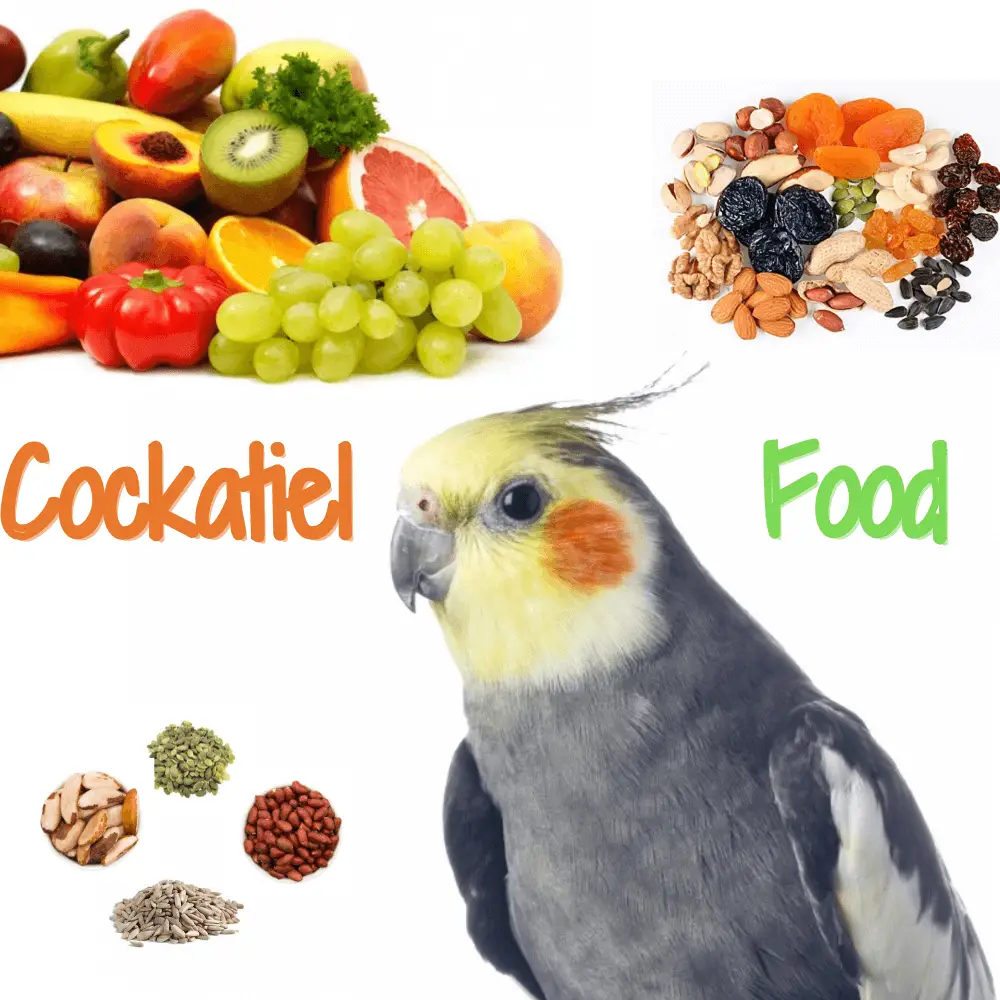
Cockatiels (Nymphicus hollandicus) are birds of the order Psittaciformes, native to the Australian mainland, that are found as pets in almost every home today.
They are seed-eating birds that in the wild feed mainly on seeds and, to a lesser extent, fruits, berries, and small invertebrates. However, when these animals are kept in captivity, it is important to tailor their diet to their needs and activity level.
What does a wild cockatiel eat?
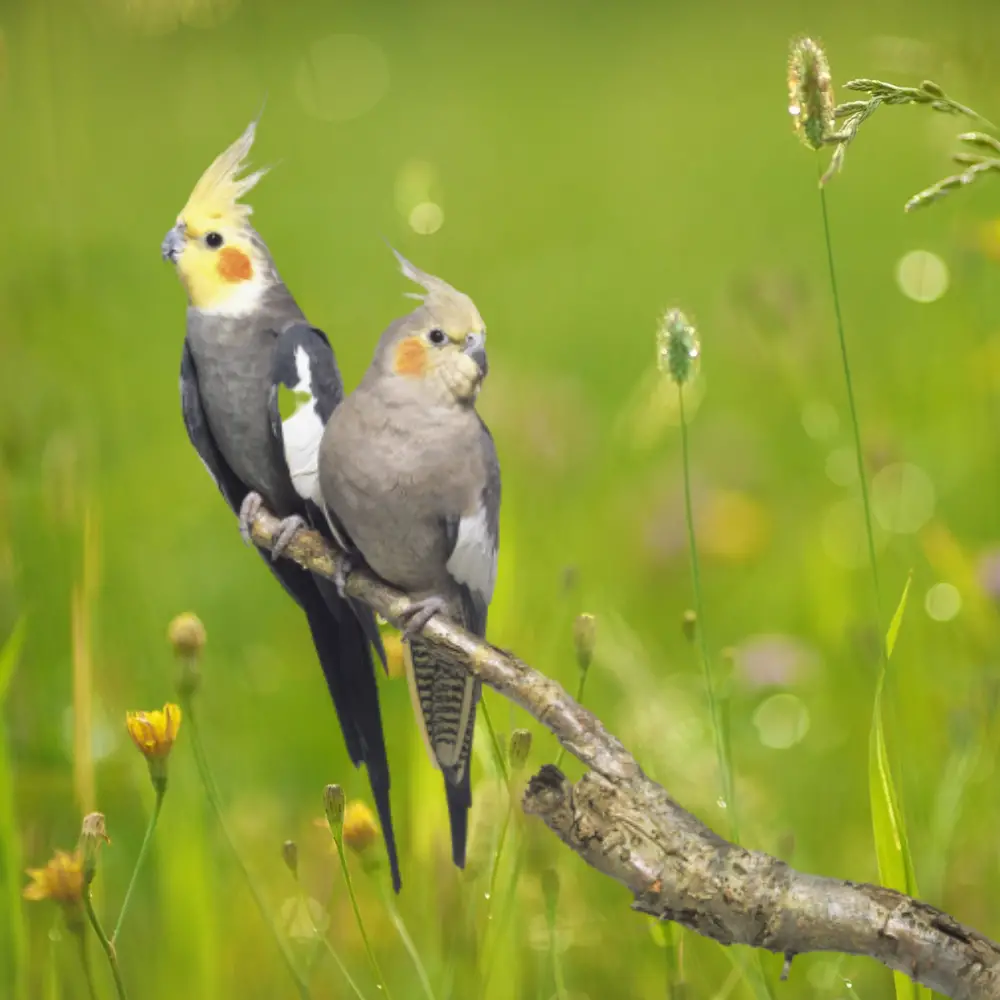
The diet of cockatiels is based on the consumption of grasses. In the wild, these birds occasionally consume other foods, such as berries, fruits, or even small invertebrates. However, the consumption of these foods is anecdotal, since, as we have said, most of their diet consists of seeds.
In the wild, cockatiels tend to feed on the ground, it is rare to find them foraging at high altitudes.
What does a cockatiel eat in captivity?
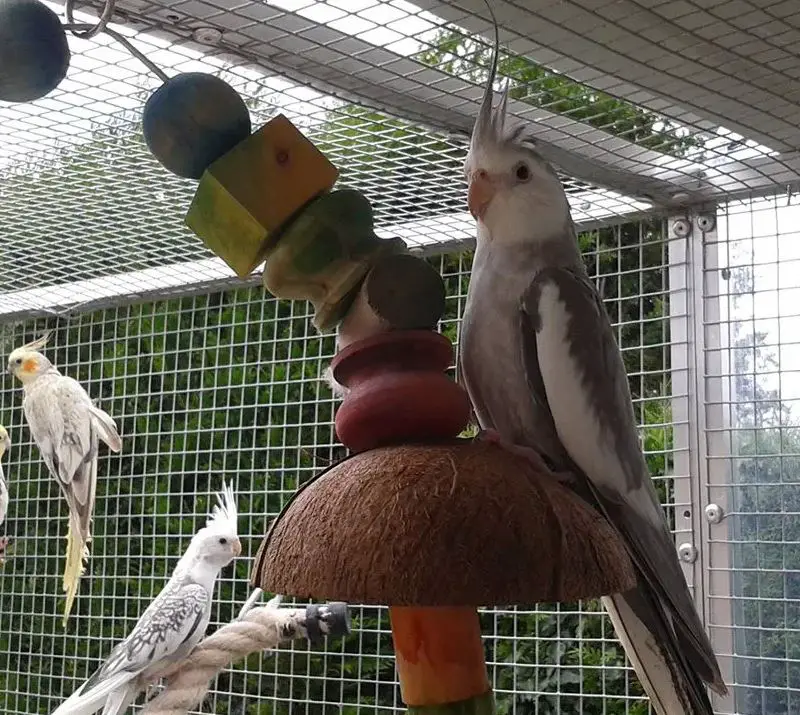
The diet of cockatiels that are in captivity should be based on what that species eats in the wild. Thus, the diet must not only meet the nutritional needs of these parrots but also promote their selective behavior and stimulate them mentally and sensorial.
To do this, the diet of the nymphs must combine different food groups in adequate proportions:
- Bird food
- Fruits and vegetables
- Other foods
Here is a more detailed explanation of the foods that make up each of these groups.
They represent 30% by weight of the daily diet, or about 5 to 10 grams per day (except in the case of seed mixture and bread, the amount of which should not exceed 3 to 5 grams per day per cockatiel).
This last group of foods includes a series of products with more energy, which make it possible to complete and balance the diet:
- Pasta, rice, or pulses (always cooked).
- Bread, preferably wholemeal and unsalted.
- Seed mixes.
- Germs.
- Cooked quinoa.
- Cooked egg, preferably in the shell.
- Dairy products, such as unsalted cream cheese or natural yogurt.
- Nuts: If you’re wondering what nuts cockatiels can eat, know that these animals can eat walnuts, pecans, macadamia nuts, cashews, peanuts, hazelnuts, and pine nuts.
Ideally, a different food from this group should be provided each day. Of course, in addition to food, cockatiels should always have access to a source of clean, fresh water.
Bird feed
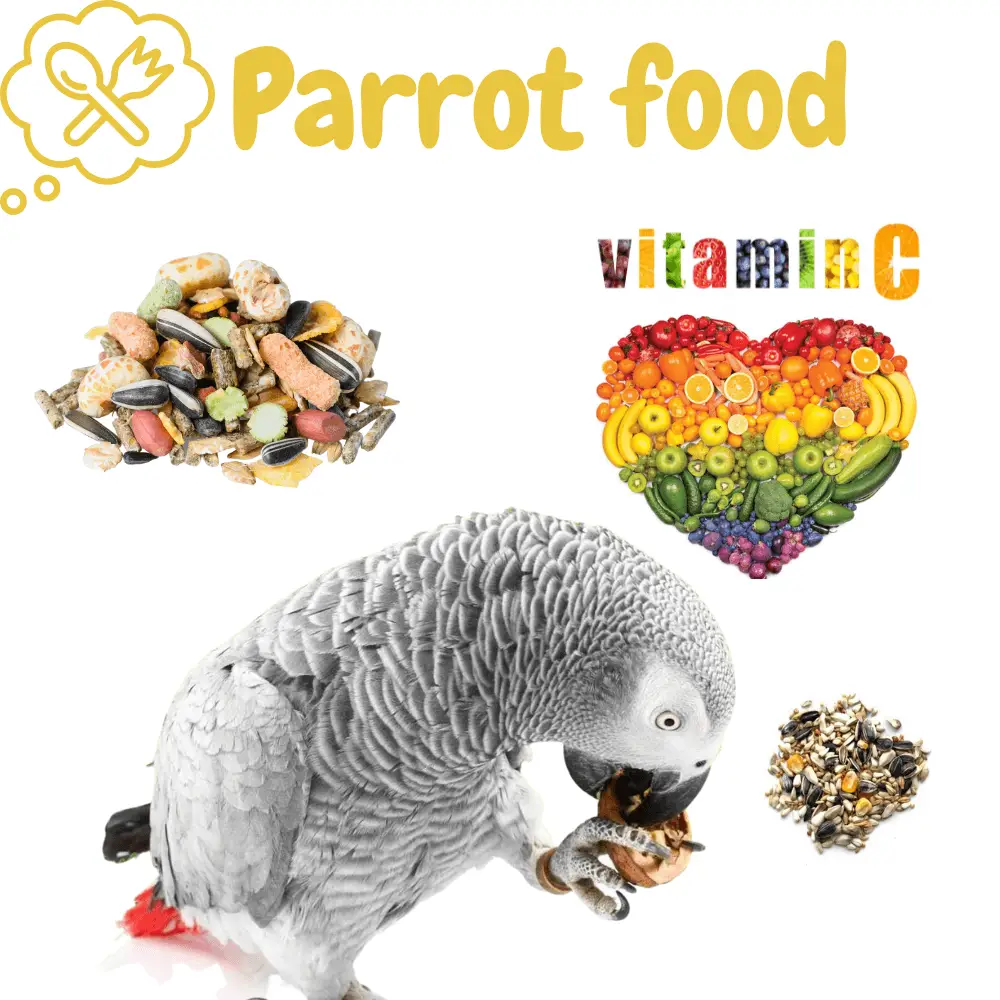
Be careful not to confuse the food with seed mixes, which are included in the “other foods” group, as they should not be part of a cockatiel’s daily diet.
Fruits and vegetables

They should constitute 40% by weight of the daily diet, or between 8 and 12 grams per cockatiel per day. Fruits and vegetables are great sources of vitamins and minerals, but their main function in a cockatiel’s diet is to provide variety and to make the diet richer and more stimulating.
Concretely, the fraction of fruits and vegetables that these birds can consume must be composed of:
- 35% fruits and vegetables rich in carotenes: such as papaya, carrot, pumpkin, tomato, and red pepper.
- 25% fruits and vegetables rich in vitamin C: such as oranges, green pepper, and broccoli.
- 20% green leafy vegetables: spinach, lamb’s lettuce, watercress, arugula, endive, kale.
- 20% other vegetables: peach, apple, celery, fennel, radish, turnip, leek, green bean.
To ensure variety in the diet, one fruit or vegetable from each of these four groups should be provided each day
What does a baby cockatiel eat?

Typically, cockatiels should be kept with their parents for the first 20-25 days of life, during which time the parents themselves are responsible for feeding their young. However, sometimes due to the death or illness of the parents, it is necessary to raise the baby cockatiels by hand as soon as they hatch.
In this case, the baby birds should be fed a specially formulated baby food according to the following guidelines:
- From the 1st to the 4th day: every 2 hours, at the rate of 1 to 2 ml per meal, at a temperature of around 35°C.
- From the 5th to the 7th day: every 3 hours, at the rate of 2 to 3 ml per meal, at a temperature of approximately 35°C.
- From the 8th to the 14th day: 5 feedings per day, at the rate of 4 to 6 ml per feeding, at a temperature of approximately 32°C.
- From the 15th to the 20th day: 4 feedings per day, at the rate of 7 to 10 ml per feeding, at a temperature of approximately 32°C.
Thereafter, chicks that have been separated from their parents and those that have been hand-reared since hatching should be fed as follows:
- From the 20th to the 35th day : 3 meals a day, at the rate of 12 to 15 ml per meal, at a temperature of approximately 32°C.
- From the 35th to the 45th day: 2 feedings per day, at the rate of 15 ml per feeding, at a temperature of approximately 32ºC.
- From the 45th to the 60th day (weaning): one feeding per day, at will, until the crop is full, at a temperature of approximately 32ºC.
The food should have the consistency of “custard” (not too runny or too thick) and should be administered using a syringe without a needle. The tip of the syringe should be rubbed against the bird’s beak to stimulate feeding.
When the baby bird opens its beak, small amounts of food should be placed in its mouth, waiting for it to swallow before administering more. Once feeding is finished, the beak and feathers that have been soiled should be cleaned thoroughly. Leftover food from each meal should be discarded.
When the cockatiels reach the age of one month, it is advisable to start introducing them to the foods that will be part of their future diet, so that they gradually get used to them.
Concretely, they should be provided with brood paste, food, fruits, vegetables, and mixed feed. At this stage, it is also advisable to introduce drinkers so that they get used to them.
What does a 2 month old cockatiel eat?
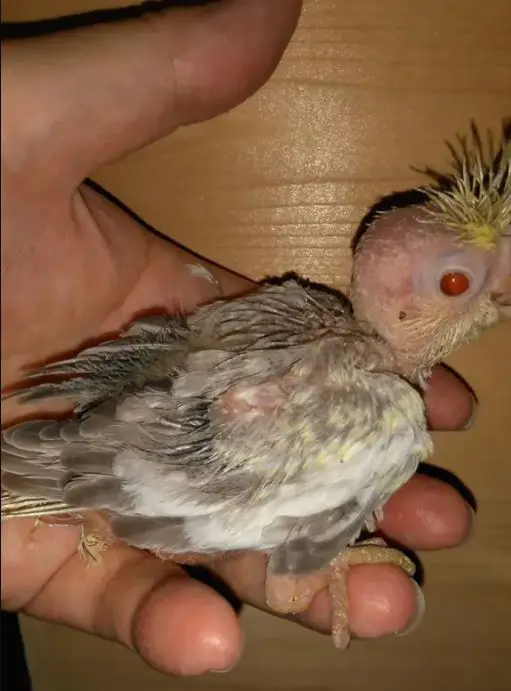
We already know what a cockatiel eats in general; but in a particular way, what does a 2-month-old cockatiel eat? From 60 days, cockatiels should be completely weaned, i.e.
they should no longer be fed porridge. From this moment on, the feeding of cockatiels should comply with the points mentioned in the first sections of this article.
How many times do cockatiels eat per day?
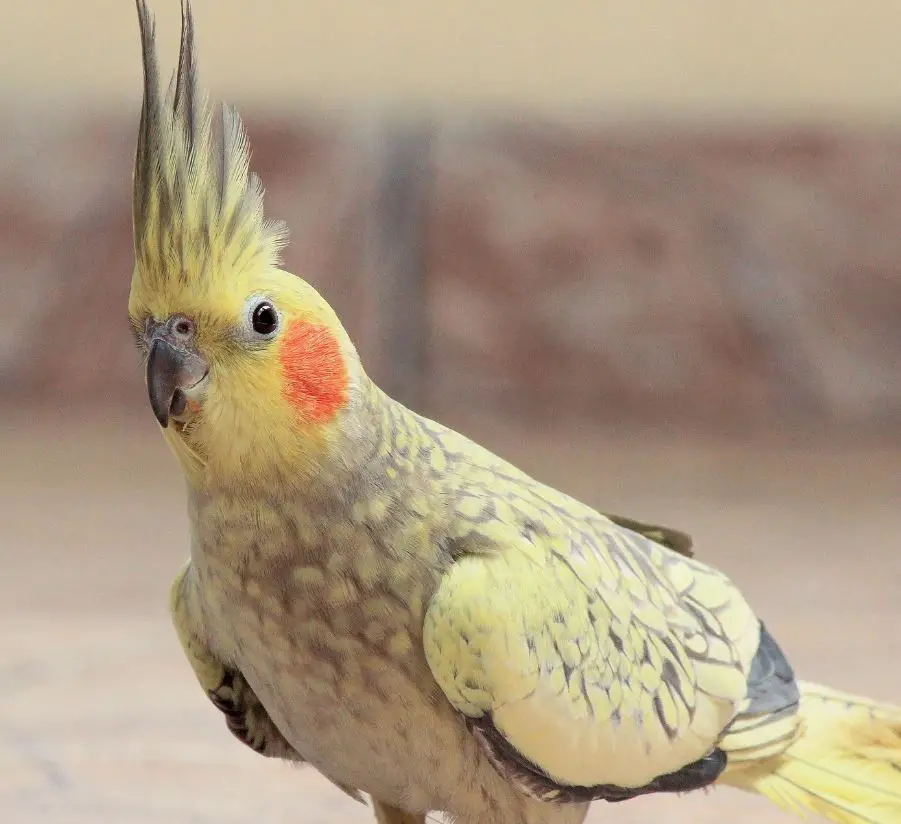
Now that we know what a cockatiel eats, we can ask ourselves the question, how many times does a cockatiel eat per day?
The daily ration should at least be divided into two different meals. For example, food can be given first thing in the morning, and vegetables and the “other food” portion at midday or early afternoon.
Ideally, some food should be offered using an environmental enrichment method or device that requires animals to exert physical and mental effort to obtain the food.
The goal is to hide the food or make it more difficult to access so the birds spend time getting it. It is possible to make home made toys for this purpose, using rolls of paper, cardboard, string.
SOURCE: African Grey Parrot Pet

